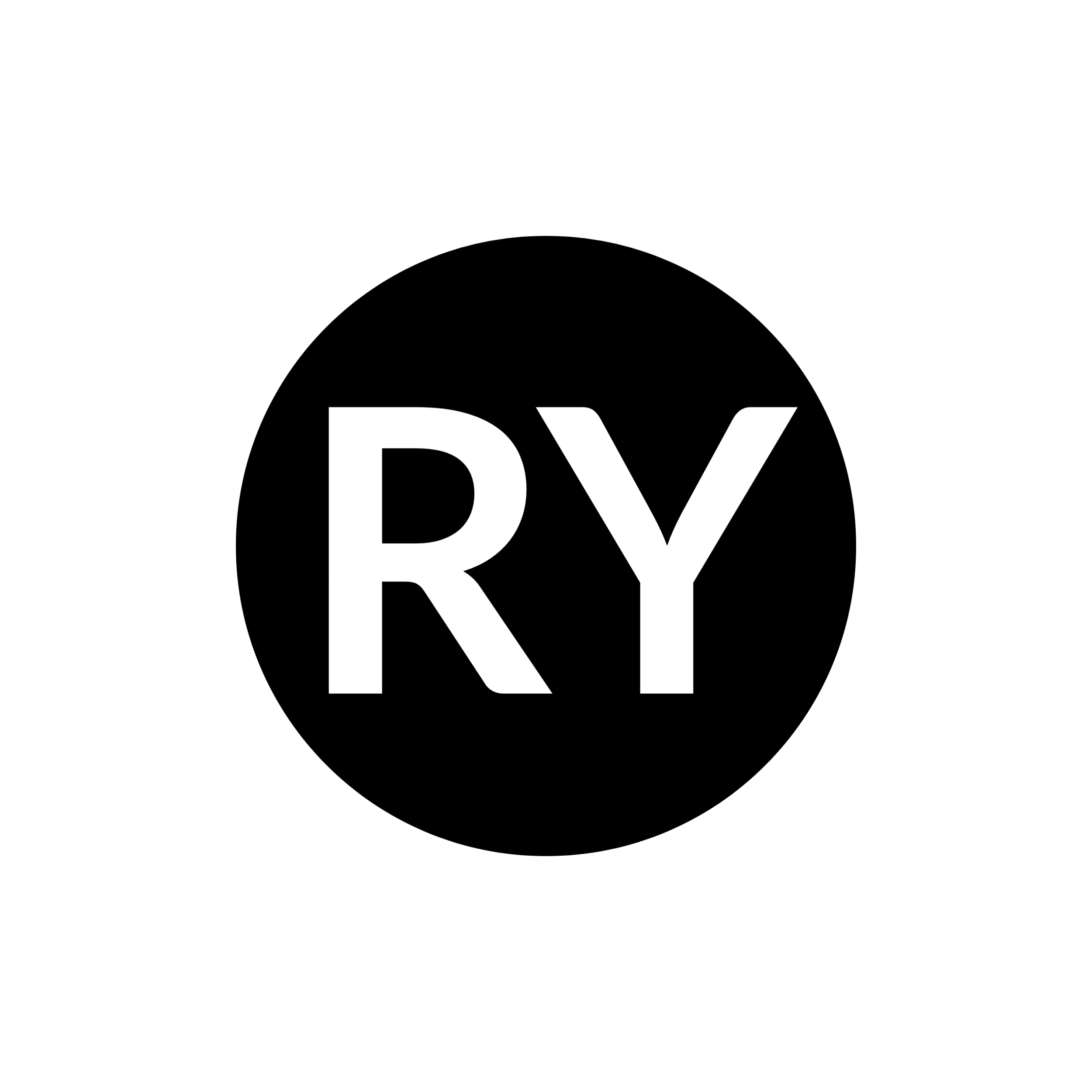Black Friday's Hottest Marketing Trend
During this time every year, countless consumers begin the process of crossing off their Christmas shopping. For many, including several friends and family members, Black Friday becomes the unofficial kick-off ceremony for said shopping spree.
Last week’s Black Friday shopping extravaganza led to consumers achieving a record-breaking $6.22 billion in online sales. As a matter of fact, just in the lead-up to Black Friday, Thanksgiving Day has become “the fastest growing shopping day” of the year, seeing an impressive 28% year-over-year growth.
A large reason for this is due to the increase in “social referrals”. Basically, a social referral is when a consumer sees an ad for a product or service on one of their social media profiles, and then clicks on it to reach the seller’s website. With worldwide social media users soaring to 3.196 billion (13% year-over-year growth), it really isn’t all too surprising [RY2].
However, it’s the type of advertising that really intrigues us. For this holiday season, native advertising has, without a doubt, been the go-to social media marketing trend for any type of eCommerce activity.
Native advertising is advertising camouflaged to appear as traditional organic content. Examples of these can be seen through any social media feed.
For instance, while on Instagram, you may scrolling through your news feed when you’ll see an image dressed like any other post with the slight addition of the “Sponsored” wording and a call to action button. In the below example, the MasterClass advertiser used the phrase “Learn More”.
What we’ve just described are the two key aspects of native advertising: form and function. With “form”, native advertising must resemble the same type of content as the traditional organic content you’d see. So, on Instagram, you’ll see tons of photos and videos that look like they could just as easily be regular posts.
Meanwhile, the function aspect entails more of the end game action. What do you want the consumer to do next? In most cases, the function is synonymous with clicking through to the advertiser’s landing page, where the consumer can go ahead and purchase the product in question.
If you’re a user scrolling through your feed at a quick rate, it’s very easy to confuse this ad with any other type of organic content created by someone that you’re following. For this reason, native advertising has seen monumental success with 25% more consumers seeing native ads than traditional and a whopping 97% of mobile media buyers testifying to their effectiveness [RY2].
In fact, “58.3% of US digital display spending will be for native placements” in 2018 [RY3]. With this type of support, native advertising has become one of the most relied upon tools in a marketer’s toolbox.
To start marketing your brand using effective native advertising techniques, send us a message at RizzoYoungMarketing.com.
Additional Reading
RY1: Kurzer, Robin, “Consumers spent a record $6.22 billion online on Black Friday.” Last modified November 26, 2018. Accessed November 29, 2018. https://marketingland.com/consumers-spent-a-record-6-22-billion-online-on-black-friday-252380.
RY2: Chaffey, Dave, “Global Social Media Research Summary 2018.” Last modified November 23, 2018. Accessed November 29, 2018. https://www.smartinsights.com/social-media-marketing/social-media-strategy/new-global-social-media-research/.
RY3: eMarketer Editors, “Native Ad Spend Will Make Up Nearly 60% of Display Spending in 2018.” Last modified April 11, 2018. Accessed November 29, 2018. https://www.emarketer.com/content/native-ad-spend-will-make-up-nearly-60-of-display-spending-in-2018.
